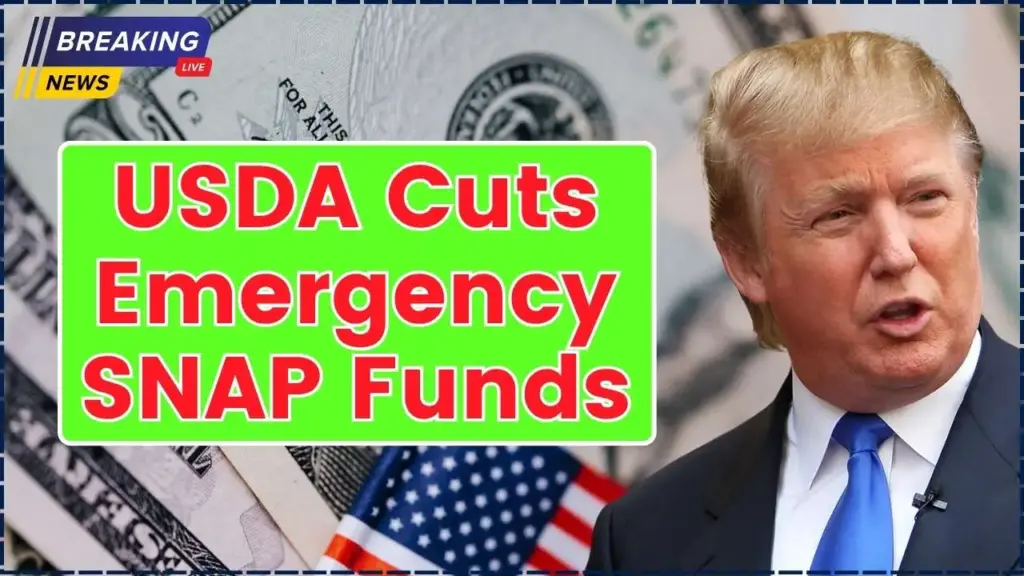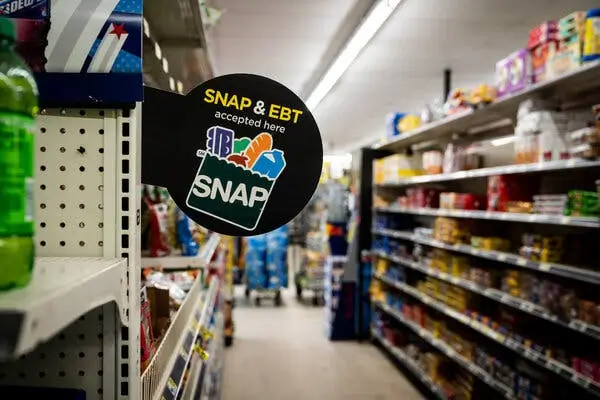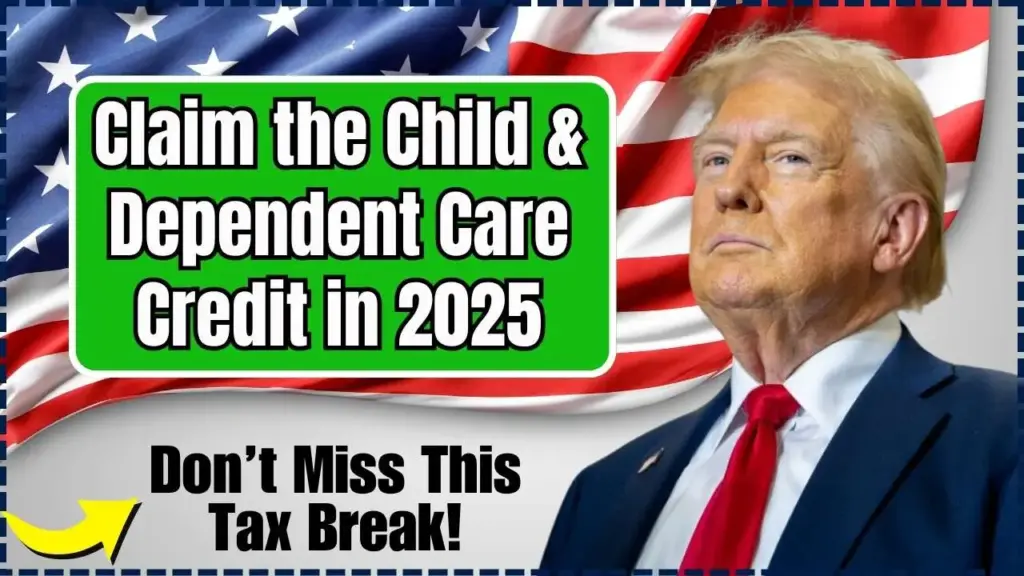With the USDA choosing not to deploy contingency funding, the largest U.S. food-assistance programme faces a critical juncture. Unless Congress acts or the courts intervene, families reliant on monthly benefits may see a sudden drop in resources just as inflation and cost-of-living pressures continue to bite.

The coming week will show whether policymaking or emergency legal relief steps in to avert a broader social and economic ripple effect.
Table of Contents
USDA Cuts Emergency SNAP Funds
| Key Fact | Detail |
|---|---|
| USDA decision | USDA memo says contingency funds “not legally available” for November SNAP benefits. |
| Number of people affected | More than 41 million Americans could lose SNAP benefits. |
| Contingency fund size vs required | Fund is about $5 billion; a full month of benefits needs ~$9 billion. |
| Economic multiplier | Each dollar of SNAP supports ~$1.50 of economic activity. |
What triggered this decision
On October 24, a USDA memo notified states that the agency would not draw on its contingency fund to cover SNAP benefit issuance for November. The memo stated that the reserve is “not legally available to support FY 2026 regular benefits” and is reserved for disaster or emergency response.
Because the federal government remains unfunded due to the ongoing shutdown, the USDA says it lacks authority to continue monthly benefit payments unless Congress passes a full appropriation or specific authorization.

How SNAP functions—and why the cut matters
Program overview
SNAP delivers monthly benefits to low-income families, individuals with disabilities, seniors and others. The federal government funds 100 % of the benefits; states handle administration.
It serves more than 1 in 8 Americans. When households spend SNAP dollars, they often spend them quickly on groceries, which flows into local economies. An USDA Economic Research Service report found that $1 billion in SNAP benefits can generate about $1.54 billion in broader economic activity.
What a lapse would do
If SNAP benefits are halted or substantially reduced in November:
- Families may skip or reduce meals, compromising nutrition and health.
- Food banks and pantries likely become overwhelmed, but cannot substitute for monthly benefits.
- Local retailers and grocers could lose predictable demand, which in past recessions has helped stabilise communities.
Research from the Center on Budget and Policy Priorities (CBPP) estimates every $1 of SNAP benefits lost could cost society $14-$20 in long-term economic and social consequences for families with children.
State and retail responses
With the USDA refusing to reimburse states that pay benefits from their own funds, some states have declared emergencies and pondered using reserve funds. For example, Virginia declared a state of emergency to continue November benefits, though with uncertainty about reimbursement.
Retailers and food-industry stakeholders are similarly uneasy. Grocers warned that a benefit disruption could noticeably reduce sales in low-income communities, trigger layoffs in retail and food-processing sectors, and deepen stress in local economies.

The legal and policy context
Appropriations and the shutdown
SNAP depends on annual Congress-passed funding. Because the government remains in a funding lapse since October 1, the USDA argues it lacks regular appropriations and cannot issue benefits.
Disputed interpretation
Analysts at CBPP and others challenge the USDA’s interpretation, pointing to past practice and legislation that created multi-year contingency funds exactly for situations where regular appropriations were delayed.
Legal action is already underway: state attorneys general in several states have threatened litigation arguing that USDA must use its contingency fund to protect monthly benefits.
What to watch in the coming days
- Congressional action: Passage of a continuing resolution or targeted funding could restart benefit issuance.
- Court rulings: A judge may order interim payments if legal arguments proceed.
- State emergency programmes: More states may announce stop-gap benefits at local cost.
- Food-aid surge: Charities expect heavy demand growth if SNAP is disrupted.
Related Links
90% VA Disability Benefits Just Changed for November 2025 – See What You’re Owed Now
IRS Warning: Delays Explained for Millions Still Waiting on Inflation Checks- What You need to Know
Advice for families
- Monitor your Electronic Benefit Transfer (EBT) account and anticipate possible delayed benefits.
- Contact your local food bank or pantries ahead of the month in case you need backup assistance.
- Visit your state human-services website for emergency benefit announcements.
- Reach out to your congressional representative to express concern and request timely funding.
FAQ
Q: Will I receive a double-payment later if November benefits are skipped?
A: Not necessarily. Without legislation or a legal order, USDA has not committed to retroactive payments.
Q: Can states legally front SNAP benefits and get reimbursed?
A: USDA’s memo says states should not expect federal reimbursement.



















